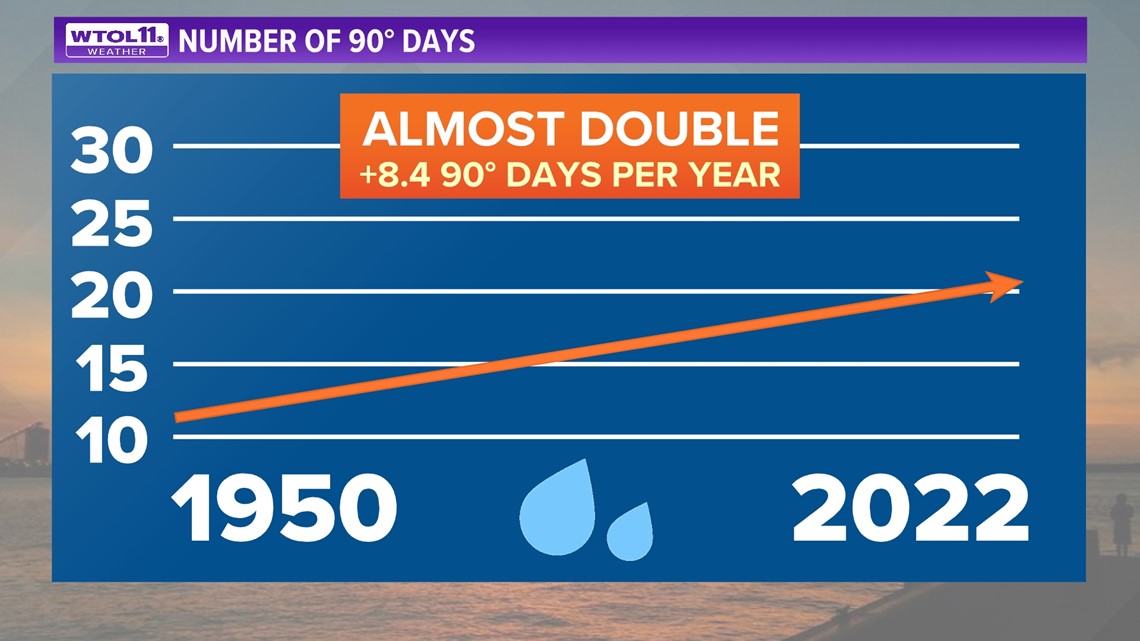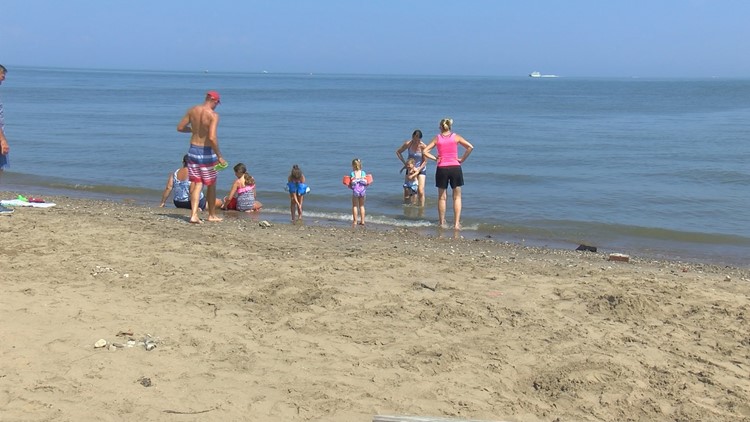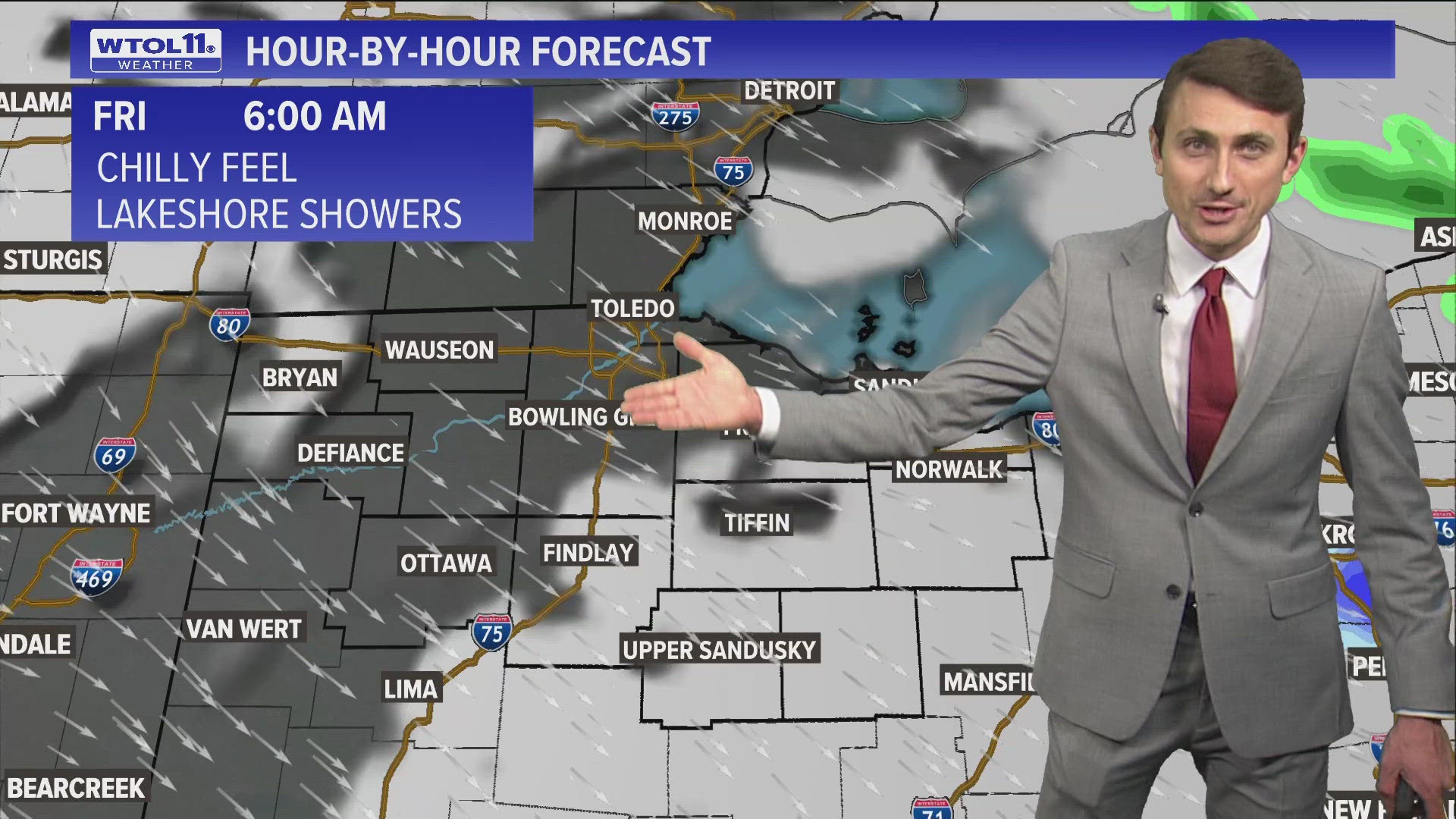TOLEDO, Ohio — Turning over the calendar from May to June, we felt some significant changes in the weather this week.
Memorial Day weekend, the unofficial start of summer, felt hot and humid. Tuesday tied the all-time record high for May 31 as the thermometer surged to 94 degrees.
The heat and humidity carried over into the first day of June, but a line of thunderstorms and a cold front sent temperatures tumbling to the 70s into the weekend.


So what do these fluctuations in the weather tell us about climate change?
June heat is growing more common over time due to climate change. Even though the weather fluctuates naturally due to changes in the jet stream, unseasonable warmth is growing more frequent.
Let’s take Tuesday as an example. Temperatures soared to the mid-90s, tying a record high from May 31, 1988. 90-degree days are not common in Ohio and Michigan, let alone this early in the season.
Our normal high temperature for early June is only 79, and we don’t reach the peak of summer heat until July and August. But 90-degree days are growing more regular, in part due to global warming.
Back in 1950, we only reached 90 degrees about 11 times a year. That number has almost doubled in the last 70 years.
In today’s warming world, we reach the 90-degree mark closer to 20 times per year. Temperature data from weather stations confirms a precise 8.4-day increase in the number of 90-degree days.


This larger trend represents a significant uptick in summer heat. This summer, don’t be surprised if we reach the 90s quite frequently.
This change is at least in part due to climate change.
Whatever the weather this June and beyond, trust the WTOL 11 weather team with your 10-day forecast.
RELATED VIDEO



